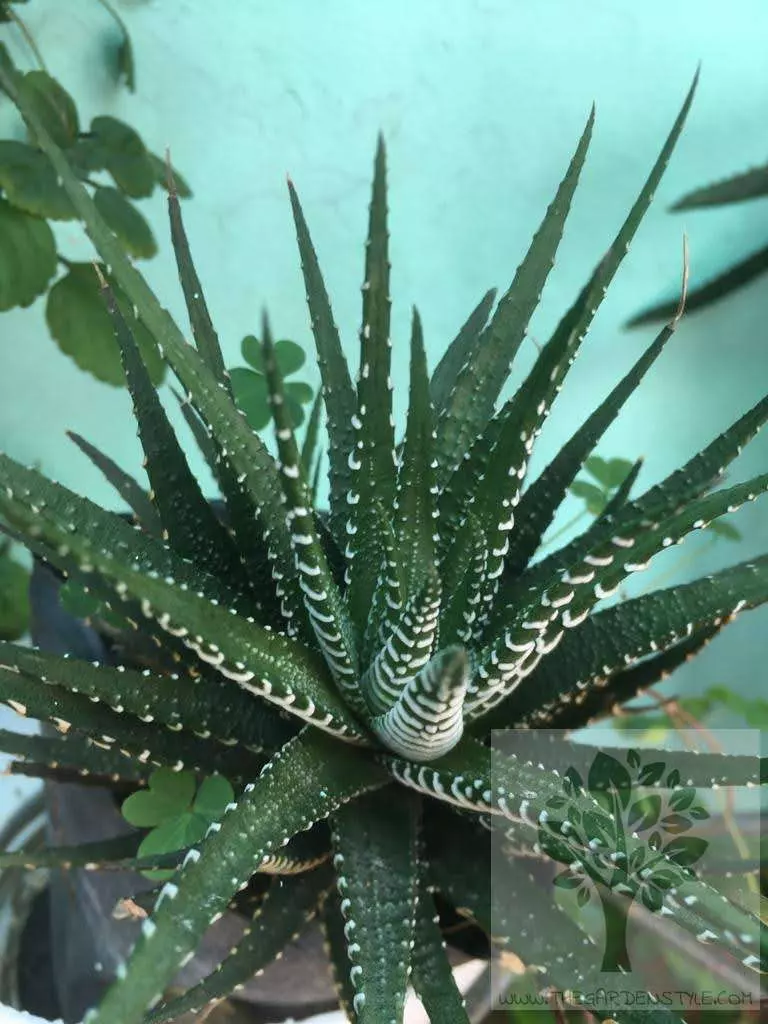Haworthia attenuata is an excellent indoor succulent whose appearance gives a modern touch to the environment, besides being one of the easiest to care for. Learn all about Zebra succulent plant care in this article.
Originally from South Africa, this medium-sized succulent can reach 8“ (20 cm)in height. Although it does not reach a large size, it is very resistant to pests and low temperatures.
Table of Contents
Where to Plant a Haworthia attenuata
This plant is both indoors and outdoors, so the best way to grow it will be:
Use pots and planters that are wider than they are tall.
Position it in a well-lit area but always avoid direct sun exposure during the hottest hours of the day.
They do not need pruning
Avoid a temperature lower than 50 °F (10°C).
How to Take Care of a Zebra Plant Succulent
It does not need major care but it is important to know its needs.
When choosing a substrate we have to take into account that this zebra plant needs a substrate that drains very well the water.
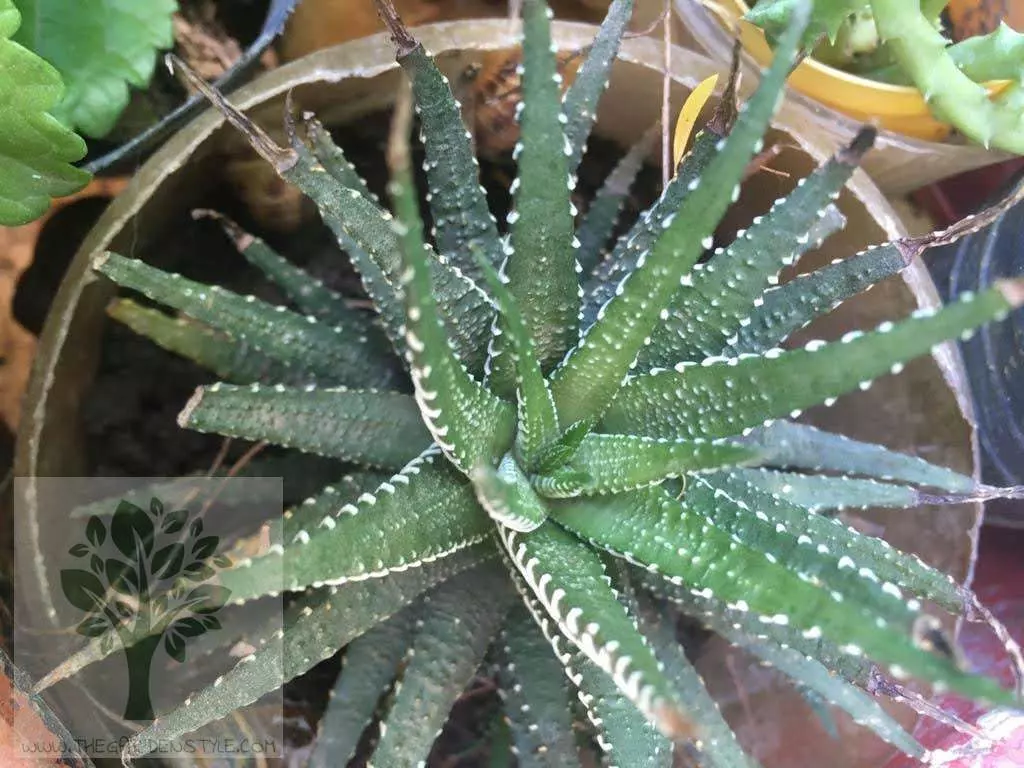
Zebra Plant Succulent Soil
This species has a very small root system and can grow in small pots easily. For the substrate, use small stones mixed with a little sand for drainage. Fertilize the plant once or twice a year with organic fertilizer. The pots should be small and shallow.
Suitable soil
Porous
Loose
And that does not retain moisture.
Fertilizer: It should be fertilized during the flowering period, using specific fertilizer for cactus diluting it in the normal irrigation water.
Zebra Succulent Watering
Being a Succulent it can retain and store water, this means that it does not need much.
If we have to talk about a weakness, this would be the excess of water and too compact soil.
In hot periods it should be watered every 15 days or when the soil is completely dry, in the most humid periods it can be once a month.
In winter and cold climates succulents are dormant, so they will need much less water, as they grow very slowly or not at all. So they should only be watered when the substrate is completely dry, pay attention to the humidity of the soil.
Zebra Succulent Light
The Haworthia attenuata is sensitive to direct sun which makes it an ideal plant to decorate the interior of our house, what we have to take into consideration is that it requires very good light, so we can place it near a window or give it light baths from time to time.
Repotting Zebra Plant Succulent
This process is not difficult at all, the first step is to turn the pot upside down holding the soil with one hand. Some gardening tools can be helpful when removing the plant to avoid hurting the roots and to make sure that the plant does not suffer in the process.
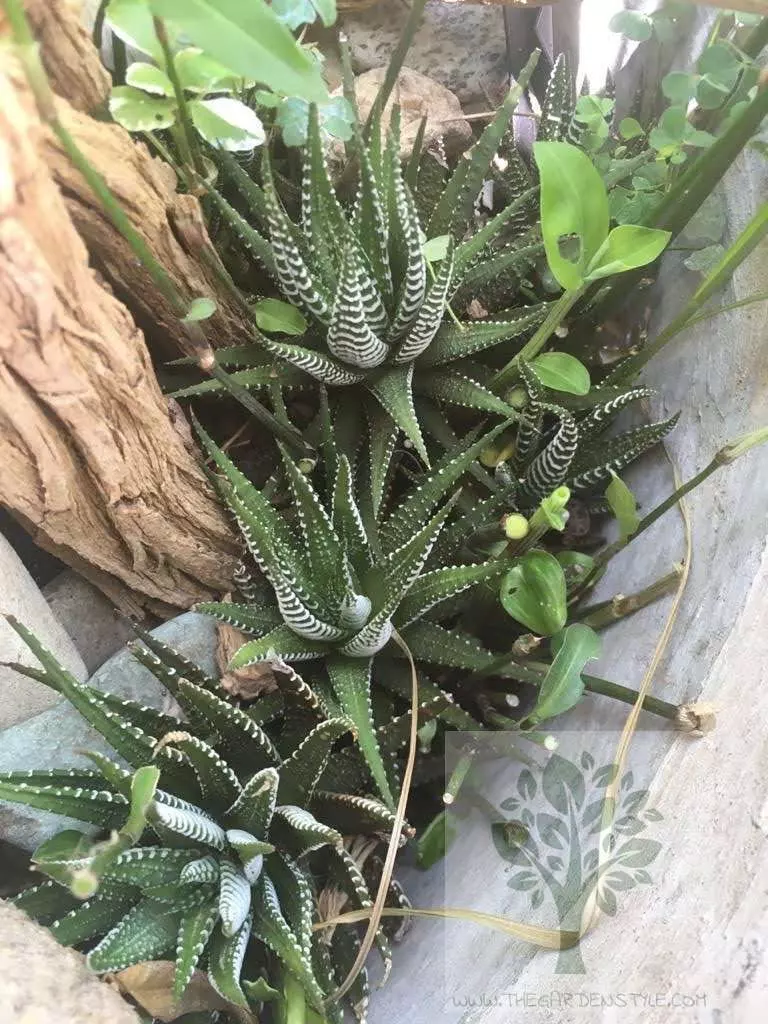
Zebra Plant Succulent Flower
If well cared for, it flowers from late winter to early spring. Its flowers are small, flattened, and white or pale yellow.
Zebra Succulent Propagation
It can be propagated by seeds or by sprouts.
Zebra Succulent Propagation by Seed
We have to wait for the plant to flower and once it is dry, we can remove the seed and plant, the process can take several months.
Zebra Succulent Propagation by Offshoots
Is the most common, these tillers are growing under the mother plant, for which we have to wait until they reach at least 2“(5 cm) of growth and remove them carefully so as not to break their root. Once detached from the mother plant, just transplant them in a new pot and wait a few days for their first watering.
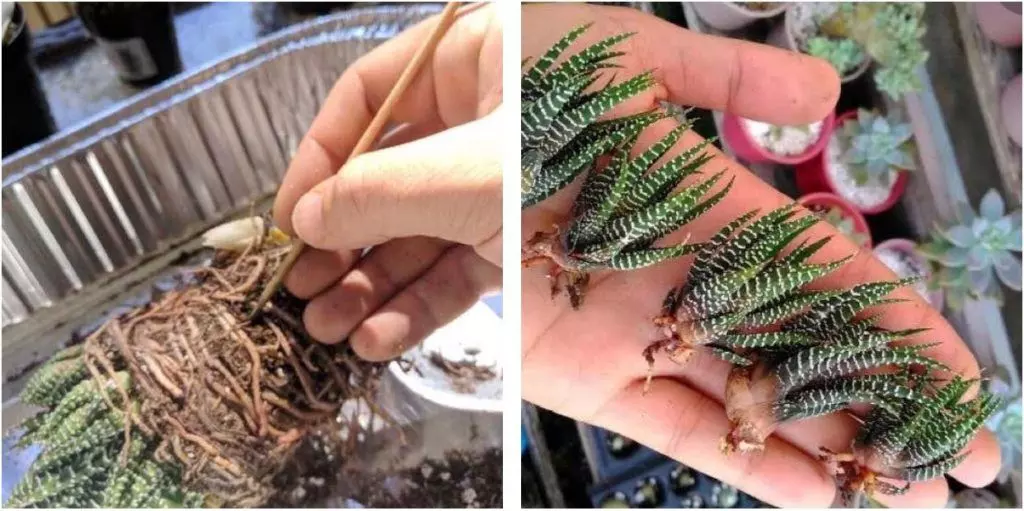
Zebra Succulent Propagation by Leaves
Taking into account the ease of propagation of this plant using offshoots, it is worth trying its reproduction using leaf cuttings, although the probabilities of a successful result are not too many.
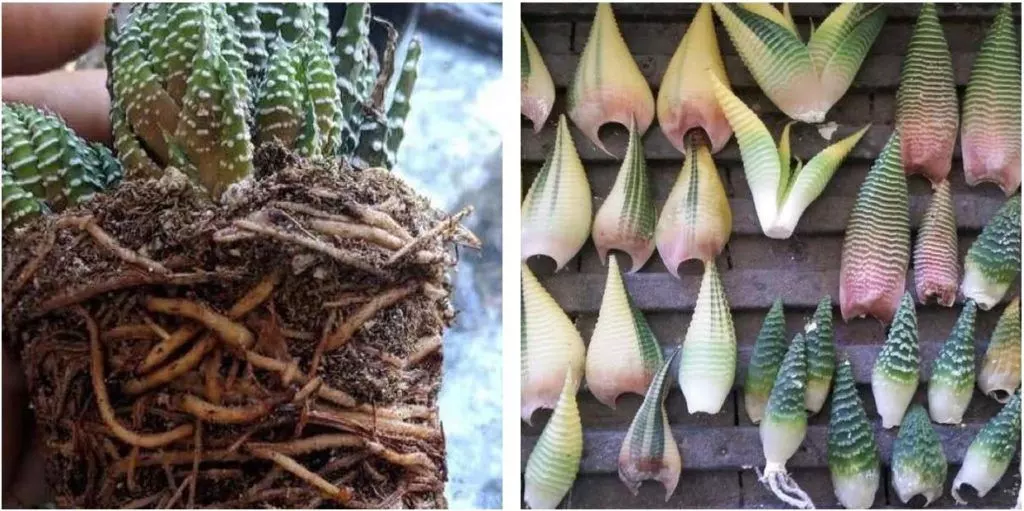
Pests and Diseases Zebra Succulent
The most common pest is the cottony mealybug that mainly attacks the roots.
It is important that if you notice a loss of vigorousness in the plant, remove and observe the roots to confirm that they have not been attacked by mealybugs.
If this is the case, the roots should be washed with water and an alcohol wipe, and a specific product should then be applied.
As for diseases, symptoms can be identified by observing the leaves, if they are soft and brown we are facing a case of overwatering, while if they are elongated it means a lack of lighting.
